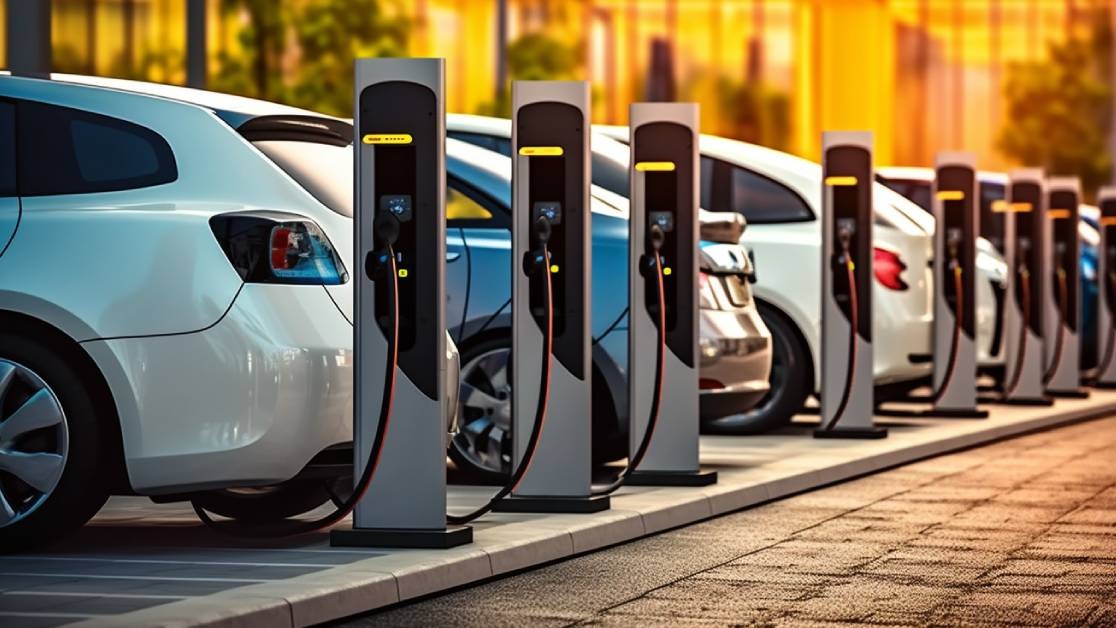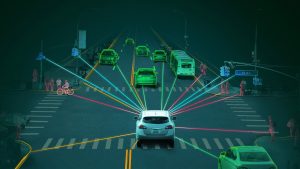
Latest Developments in Electric Vehicle (EV) Infrastructure
The electric vehicle (EV) revolution is in full swing, and the development of EV infrastructure plays a pivotal role in its success. Over the past decade, we have witnessed remarkable advancements in EV infrastructure, from charging technologies to grid integration. As a seasoned technical copywriter with a decade of experience in this field, I’m here to provide expert insights into the latest developments in EV infrastructure that are shaping the future of sustainable transportation.
Expanding Charging Networks
Rapid Charging Stations
One of the most significant developments in EV infrastructure is the proliferation of rapid charging stations. These stations can deliver a substantial charge in a short amount of time, making long-distance EV travel more convenient. High-power chargers, such as those using 350 kW technology, are becoming increasingly common and significantly reducing charging times.
Ultra-Fast Charging
Ultra-fast charging technologies, capable of delivering 1 MW or more, are under development. These systems promise to revolutionize EV charging by providing incredibly fast charging speeds, akin to refueling at a traditional gas station. This innovation will address one of the primary concerns of potential EV buyers—charging time.
Integration with Renewable Energy
Solar-Powered Charging
Integrating renewable energy sources, particularly solar power, into EV infrastructure is gaining traction. Solar-powered charging stations harness sunlight to generate electricity, reducing their environmental footprint and contributing to cleaner EV charging.
Vehicle-to-Grid (V2G) Technology
V2G technology allows EVs to not only draw energy from the grid but also return excess energy back to it. This bidirectional energy flow can help stabilize the grid, reduce energy costs, and enhance the overall efficiency of the electricity system.
Wireless Charging
Inductive Charging
Wireless charging, specifically inductive charging, is becoming more prevalent. This technology enables EVs to charge without physical connections, relying on electromagnetic fields to transfer energy between a charging pad on the ground and a receiver on the vehicle. It offers convenience and eliminates the need for plugs and cables.
Dynamic Wireless Charging
Dynamic wireless charging systems embedded in roadways are currently in development. These systems enable EVs to charge while in motion, extending their range and reducing the need for large battery packs. Dynamic charging could revolutionize EV usage in public transportation and logistics.
Smart Charging and Grid Integration
Demand Response Programs
Smart charging solutions are integrated with demand response programs that optimize EV charging based on grid demand and electricity prices. Users can schedule charging during off-peak hours when electricity is more affordable and readily available from renewable sources.
Grid-Friendly Charging
Grid-friendly charging strategies aim to reduce the stress on the electricity grid by dynamically adjusting charging rates and schedules. These strategies help prevent grid overloads during peak demand periods, enhancing grid stability.
Interoperability and Standardization
Charging Standards
To facilitate widespread adoption of EVs and ensure compatibility, there is a push for international charging standards. Standards like the CCS (Combined Charging System) and CHAdeMO are becoming increasingly prevalent, making it easier for EV owners to access charging infrastructure worldwide.
Roaming Agreements
Roaming agreements between charging networks are becoming common. These agreements allow EV drivers to access charging stations on multiple networks using a single account or payment method, improving convenience for users.
Conclusion
The latest developments in EV infrastructure demonstrate the remarkable progress made in advancing electric mobility. From rapid charging stations to renewable energy integration and wireless charging technologies, the infrastructure supporting electric vehicles is evolving rapidly. These developments not only make EVs more accessible and convenient but also contribute to the overall sustainability of transportation.

